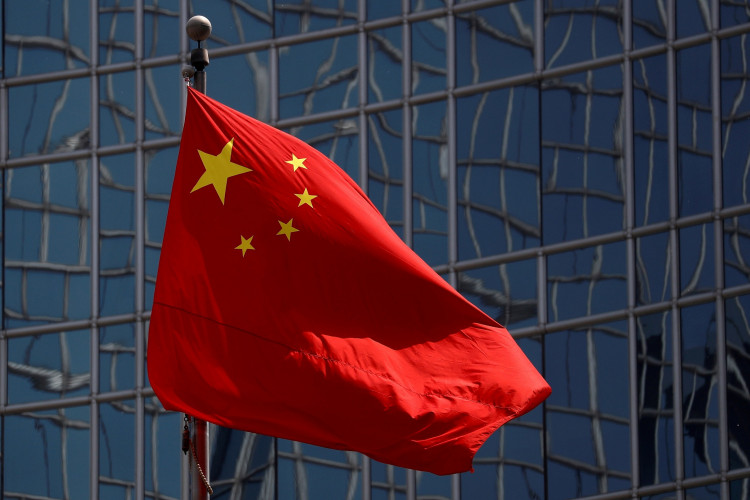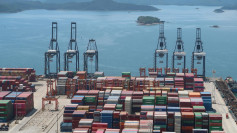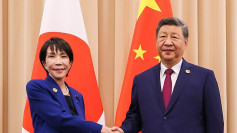China's economic recovery showed further signs of strain in July as industrial production slowed for the third consecutive month, dampening hopes for a swift rebound in the world's second-largest economy. The latest data released by the National Bureau of Statistics (NBS) on Thursday highlighted a mixed economic landscape, with industrial output growth falling short of expectations while retail sales saw a modest improvement, suggesting that consumer-focused stimulus measures may be gaining some traction.
Industrial production grew by 5.1% year-on-year in July, a slight deceleration from June's 5.3% growth and below analysts' forecasts of 5.2%. The slowdown underscores the challenges facing China's manufacturing sector, particularly as export demand wanes and trade pressures mount. In contrast, retail sales rose by 2.7%, outpacing the 2.0% growth recorded in June and exceeding the expected 2.6% increase. However, the overall economic picture remains precarious, with analysts urging Beijing to consider additional support measures to stabilize the economy.
Julian Evans-Pritchard, head of China economics at Capital Economics, noted that while consumer spending showed signs of improvement, the broader economic momentum remains fragile. "Economic momentum appears to have stabilized somewhat last month, with a pick-up in consumer spending and servicing activity largely offsetting a slowdown in investment and industrial production," he said. "With the government ramping up policy support, we think a modest recovery could take hold over the coming months."
China's leadership has recently signaled a shift in its economic strategy, prioritizing measures to boost consumer spending over traditional infrastructure investment. Last month, the state planner announced that approximately 150 billion yuan ($20.97 billion) raised through special debt issuance would be directed toward subsidizing a consumer goods trade-in program, aiming to reinvigorate domestic demand. "Consumer demand continued to recover, as policies to expand domestic demand and promote consumption gained traction," said NBS spokesperson Liu Aihua.
Despite these efforts, the property sector, a crucial pillar of the Chinese economy, continues to weigh heavily on consumer confidence. With an estimated 70% of Chinese household wealth tied to real estate, the prolonged slump in property values has kept many consumers from spending. New home prices fell at their fastest pace in nine years in July, reflecting the ongoing struggles in the sector and the failure of supportive policies to restore market confidence.
The broader economic malaise was further evidenced by declines in key industrial metrics. China's oil refinery output dropped 6.1% year-on-year, and crude steel output fell for the second consecutive month, indicating subdued demand for commodities. Fixed asset investment also underperformed, growing by 3.6% in the first seven months of 2024, below the expected 3.9% increase and slower than the 3.9% growth recorded in the first half of the year.
Economists have generally welcomed the shift in focus towards stimulating consumer spending but caution that additional policy interventions may be necessary to sustain growth. The lackluster industrial performance has renewed calls for more aggressive measures to bolster the economy, particularly as hopes for a post-pandemic recovery remain unfulfilled.
The central bank has responded by injecting liquidity into the financial system through short-term bond instruments and rolling over its medium-term lending facility (MLF). However, with domestic demand still weak and uncertainty clouding the economic outlook, households and businesses remain hesitant to increase borrowing, suggesting that these measures alone may not be sufficient.
"The data shows that the economy has gotten off to a weak start in the second half of the year," said ANZ China market economist Xing Zhaopeng. "It is expected that the probability of replacing MLF with a RRR cut will increase, but key to maintaining 5% economic growth remains the arrival of fiscal spending."
China's central bank has also emphasized the need for greater financial support directed at consumers to spur consumption. But as external pressures, such as increased trade tariffs on Chinese exports, particularly electric vehicles, begin to take their toll, Beijing may face mounting challenges in steering the economy back on track.






